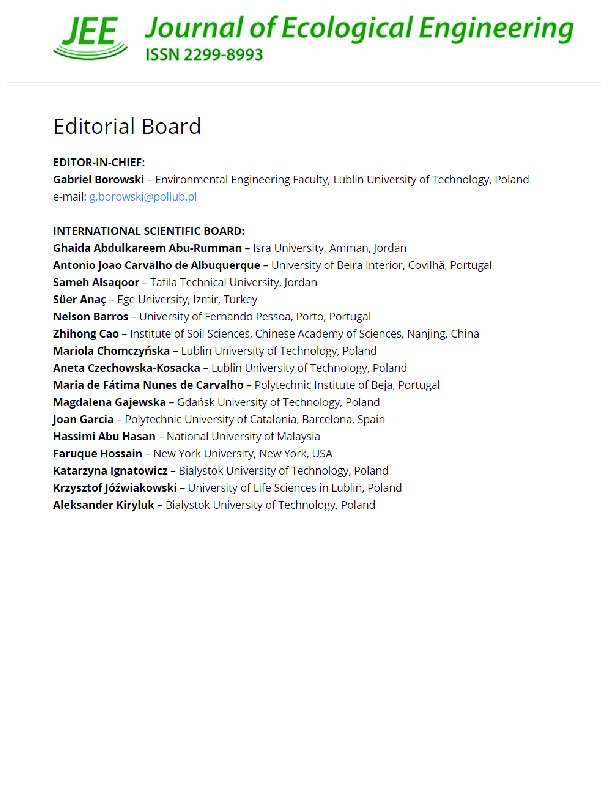id: 35691
Title: Assessment of Phytoremediation of 137Cs Contaminated Soils During the Cultivation of Nectar-Pollinating Plants
Authors: Razanov S., Kutsenko M., Klymenko M., Bakhmat M., Klymenko O., Bakhmat O., Holubieva T., Kovalchuk N., Mazurak O.
Keywords: soil, milk thistle, white melilot, plants, phytoremediation, 137Cs, accumulation coefficient, danger coefficient
Date of publication: 2024-05-03 14:05:23
Last changes: 2024-05-03 14:05:23
Year of publication: 2023
Summary: The man-made activity of mankind has led to the emergence of many global problems and caused the deterioration of the quality of the natural environment (air, water, soil). Of particular concern is the contamination of agricultural land with toxicants, in particular, radionuclides, which, entering the soil – plant – human body food chain, can reach toxic levels. Therefore, an important task is the removal of hazardous substances from the soil. Phytoremediation can be one of the effective methods for reducing its pollution. The article examines the effectiveness of phytoremediation of soils contaminated as a result of the accident at the Chernobyl nuclear power plant in certain territories of Polissia of Ukraine (Korosten district of Zhytomyr region). Nectar-pollinating plants were selected for the research, which was carried out for two years: great globe-thistle (Echinops sphaerocephalus), milk thistle (Silybum marianum), and white melilot (Melilotus albus). The results of the research showed that in the dry vegetative mass of milk thistle, great globe-thistle, and white melilot, the specific activity of 137Cs over the two years of research was in the range from 30.8 Bq/kg to 238.5 Bq/kg, the accumulation coefficient – from 0.135 to 0.985, and the hazard coefficient – from 0.055 to 0.395. The highest indicators of specific activity and accumulation coefficient of 137Cs were observed in the vegetative mass of the white melilot, which amounted to 238.5 Bq/kg and 0.96, respectively, comparatively lower values – 2.3 times and 2.3 times were found in the vegetative mass of milk thistle, 2.8 times and 7.1 times – in the vegetative mass of the great globe-thistle. At this level of accumulation of 137Cs in the vegetative mass of nectarine plants from the soil, on average, over two years of research, 1130550 Bq of this radionuclide was removed from the soil per hectare of agricultural land with milk thistle, 621250 Bq with great globe-thistle, and 2851650 Bq with white melilot. The removal of 137Cs with the vegetative mass of nectarine plants reduced the content of this radionuclide in the soil per 1 kg – from 3.4% to 8% on average over two years of research.
URI: http://81.30.162.23/repository/getfile.php/35691.pdf
Publication type: Статті Scopus/Web of Science
Publication: Journal of Ecological Engineering. 2023. Vol. 24 (5). P. 316-321. DOI: https://doi.org/10.12911/22998993/161767
In the collections :
Published by: Адміністратор
File : 35691.pdf Size : 1453613 byte Format : Adobe PDF Access : For all

| |
|
|